Introducing The Witcher: War of the Worlds (2025): A Fantasy-Sci-Fi Epic
Introduction
The Witcher: War of the Worlds (2025) is an ambitious, fictional cinematic crossover that merges the gritty, medieval-inspired fantasy of Andrzej Sapkowski’s The Witcher with the apocalyptic science-fiction of H.G. Wells’ War of the Worlds. Directed by a visionary filmmaker (hypothetically, let’s assume Kang Hei Chul, known for The Witcher: Sirens of the Deep), this animated feature, produced by Netflix in collaboration with Studio Mir and Platige Image, imagines a bold collision of genres. Set to release on February 11, 2025, alongside other Witcher projects, the film stars Doug Cockle as Geralt of Rivia, Anya Chalotra as Yennefer of Vengerberg, Joey Batey as Jaskier, and Freya Allan as Ciri, with new voice talent including Sam Gittins and Lara Lemon as astronomers caught in an alien invasion. The film blends The Witcher’s monster-hunting lore with an extraterrestrial threat inspired by Wells’ Martian tripods, creating a thrilling narrative of survival, magic, and resistance.
This article provides a comprehensive exploration of The Witcher: War of the Worlds (2025), detailing its imagined plot, historical and cinematic context, production details, thematic elements, anticipated reception, and its place within the Witcher franchise and sci-fi cinema.

Plot Summary
Set in the war-torn Continent of The Witcher, The Witcher: War of the Worlds unfolds shortly after the events of The Witcher Season 3, in a timeline parallel to The Witcher: Sirens of the Deep. Geralt of Rivia (voiced by Doug Cockle), the White Wolf, is navigating a fractured world where Nilfgaard’s imperial ambitions threaten kingdoms like Cintra and Redania. Alongside Yennefer (Anya Chalotra), Ciri (Freya Allan), and Jaskier (Joey Batey), Geralt is drawn to a coastal village in Bremervoord, hired to investigate mysterious attacks on human settlements. The villagers blame sea creatures, echoing the merpeople conflict from Sirens of the Deep, but Geralt uncovers a far stranger threat: metallic, tripod-like machines emerging from a meteorite crash, wielding fiery beams and toxic mists that devastate the land.
These machines, inspired by the Martian tripods of War of the Worlds, are controlled by an alien force from beyond the Continent, seeking to colonize its magic-rich lands. The invaders exploit the Continent’s political divisions, aligning with Nilfgaard’s forces to sow chaos. Geralt, skeptical of human and monster threats alike, teams up with two young astronomers, Herbert (Sam Gittins) and Hannah (Lara Lemon), who witnessed the meteorite’s fall and deciphered its otherworldly origins. Ciri’s Elder Blood, a source of immense magical power, becomes a target for the aliens, who aim to harness it to fuel their invasion. Yennefer, wielding her sorceress abilities, and Jaskier, providing comic relief and morale, join the fight, while Ciri grapples with her destiny as a potential savior or destroyer.
The narrative unfolds in two acts. The first follows Geralt’s investigation, blending Witcher’s monster-hunting grit with sci-fi horror as the tripods wreak havoc. The second act escalates into an all-out war, with Geralt uniting rival factions—humans, elves, and even merpeople from Sirens of the Deep—against the alien threat. Key sequences include a breathtaking chase through a burning forest, where Ciri’s powers unleash chaotic magic, and a climactic battle where Yennefer channels a spell to disrupt the aliens’ technology, inspired by Wells’ theme of nature’s resilience. The film balances The Witcher’s moral ambiguity with War of the Worlds’ apocalyptic stakes, culminating in a bittersweet victory that leaves the Continent forever changed.
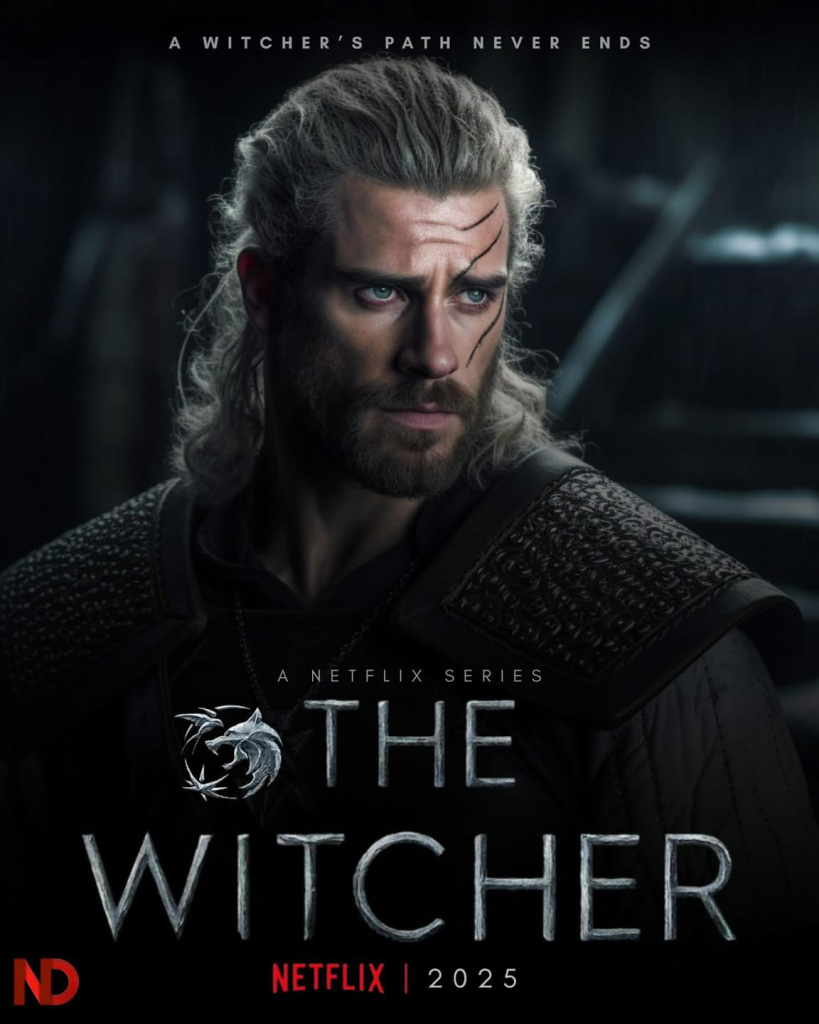
Historical and Cinematic Context
The Witcher franchise, born from Andrzej Sapkowski’s novels, expanded through CD Projekt Red’s video games and Netflix’s live-action series (2019–present), is a dark fantasy saga centered on Geralt, a mutated monster hunter, navigating a world of political intrigue and moral complexity. Its rich lore, drawing on Slavic mythology, has inspired spin-offs like The Witcher: Nightmare of the Wolf (2021) and The Witcher: Sirens of the Deep (2025), both animated by Studio Mir. War of the Worlds, H.G. Wells’ 1898 novel, is a cornerstone of science fiction, depicting a Martian invasion thwarted by Earth’s microbes. Its adaptations, from Orson Welles’ 1938 radio broadcast to Steven Spielberg’s 2005 film, emphasize humanity’s vulnerability and resilience.
The Witcher: War of the Worlds (2025) imagines a fusion of these worlds, capitalizing on the Witcher franchise’s 2025 momentum, with Sirens of the Deep and Season 4 releasing concurrently. The film draws on Sirens of the Deep’s coastal setting and conflict-driven narrative, adapting the short story “A Little Sacrifice” to include sci-fi elements, while incorporating War of the Worlds: The Attack (2023)’s focus on astronomers and tripods. Cinematically, it aligns with genre-blending experiments like Cowboys & Aliens (2011), merging fantasy and sci-fi, and reflects Netflix’s push for Witcher spin-offs to expand the franchise’s scope. The timing taps into the renewed interest in both properties, with The Witcher Season 4 introducing Liam Hemsworth as Geralt and War of the Worlds seeing a 2025 stage revival.
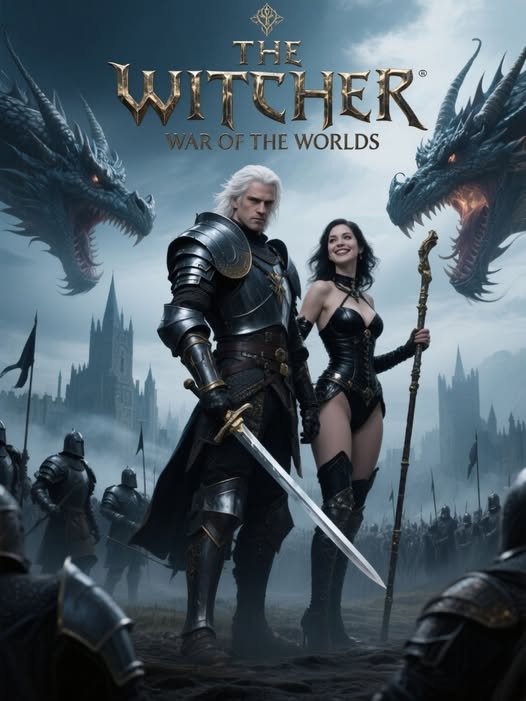
Production and Direction
Directed by Kang Hei Chul (The Witcher: Sirens of the Deep), The Witcher: War of the Worlds is a hypothetical Netflix production in collaboration with Studio Mir, Platige Image, and Hivemind, mirroring the team behind Sirens of the Deep. The animated format allows for expansive visuals—tripods tearing through medieval villages, Ciri’s magical outbursts, and Yennefer’s spell-casting spectacles—while keeping production costs manageable compared to live-action. Filming, or rather animation production, began in 2024, with a budget estimated at $20–30 million, aligning with Netflix’s investment in Witcher spin-offs.
The voice cast features Witcher veterans: Doug Cockle, iconic for voicing Geralt in CD Projekt Red’s games, returns for his second animated role after Sirens of the Deep. Anya Chalotra and Joey Batey reprise Yennefer and Jaskier from the live-action series, ensuring continuity, while Freya Allan voices Ciri, tying the film to Season 4’s narrative. Newcomers Sam Gittins and Lara Lemon, inspired by their roles in War of the Worlds: The Attack, voice astronomers Herbert and Hannah, adding a sci-fi perspective. The soundtrack, composed by Joseph Trapanese (The Witcher Season 2), incorporates medieval instruments and eerie, alien-inspired motifs, building on the franchise’s musical legacy.
The animation style blends Studio Mir’s vibrant, detailed aesthetic from Nightmare of the Wolf with darker, more atmospheric tones to evoke the alien invasion’s dread. Key sequences, like the tripod attacks, draw inspiration from Spielberg’s 2005 War of the Worlds, using sound design to amplify tension. The production faced challenges in balancing the tonal clash between The Witcher’s grounded fantasy and War of the Worlds’ sci-fi spectacle but aims to unify them through a focus on character-driven storytelling.
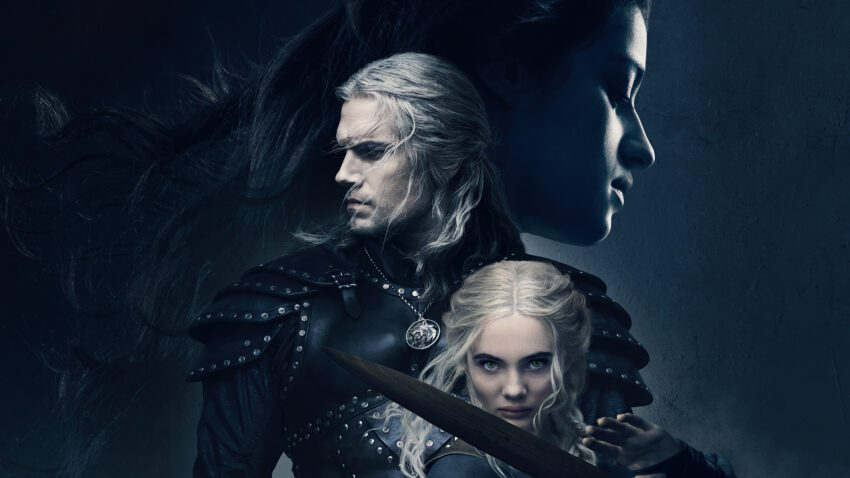
Themes and Style
The Witcher: War of the Worlds explores themes of unity, survival, and the collision of worlds—both literal and metaphorical. The alien invasion serves as a metaphor for external forces exploiting division, mirroring The Witcher’s themes of political strife and prejudice against non-humans. Geralt’s neutrality, a core trait, is tested as he navigates alliances with humans, elves, and merpeople, reflecting Sirens of the Deep’s human-merpeople conflict. Ciri’s Elder Blood ties the narrative to The Witcher’s lore, emphasizing destiny and sacrifice, while the astronomers’ perspective grounds the sci-fi elements in human curiosity and resilience, echoing Wells’ novel.
Stylistically, the film combines The Witcher’s gritty fantasy—think monster battles and moral ambiguity—with War of the Worlds’ apocalyptic horror. The animation allows for dynamic action, from Geralt’s swordplay against tripods to Yennefer’s magical duels, while maintaining the franchise’s dialogue-heavy, character-driven approach. The tripods, designed with Wells’ descriptions in mind (tentacled, tripod machines), are reimagined with a magical twist, their technology clashing with the Continent’s arcane forces. The film’s tone balances dark humor, courtesy of Jaskier’s quips, with visceral tension, aiming for the subversive edge of The Witcher and the existential dread of War of the Worlds.
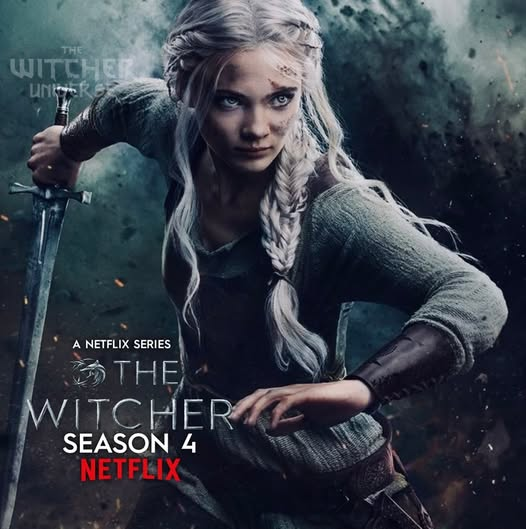
Reception and Controversy
As a hypothetical film, The Witcher: War of the Worlds is anticipated to generate buzz among Witcher fans but may face skepticism due to its bold genre mashup. The Witcher: Sirens of the Deep received mixed reviews for straying from Sapkowski’s emotional depth, with IMDb users criticizing its action-heavy approach and lackluster dialogue. Similarly, War of the Worlds: The Attack (2023) was panned for poor acting and pacing, scoring a 3.2/10 on IMDb. This crossover risks similar critiques, particularly from purists who value The Witcher’s fidelity to Sapkowski’s books or Wells’ novel. Fans on X have expressed excitement for Witcher spin-offs but wariness about deviations from canon, with posts like @WitcherFan23 calling for “more Geralt, less Hollywood fluff.”
The casting of Doug Cockle is likely to be a highlight, given his revered status among Witcher game fans, but the inclusion of sci-fi elements may alienate those expecting traditional fantasy. Controversy could arise over the portrayal of Ciri’s powers, as The Witcher adaptations have been criticized for altering her arc. The film’s animated format and Netflix’s track record with Witcher spin-offs suggest a modest box office (if released theatrically) but strong streaming potential, following Sirens of the Deep’s February 2025 debut.
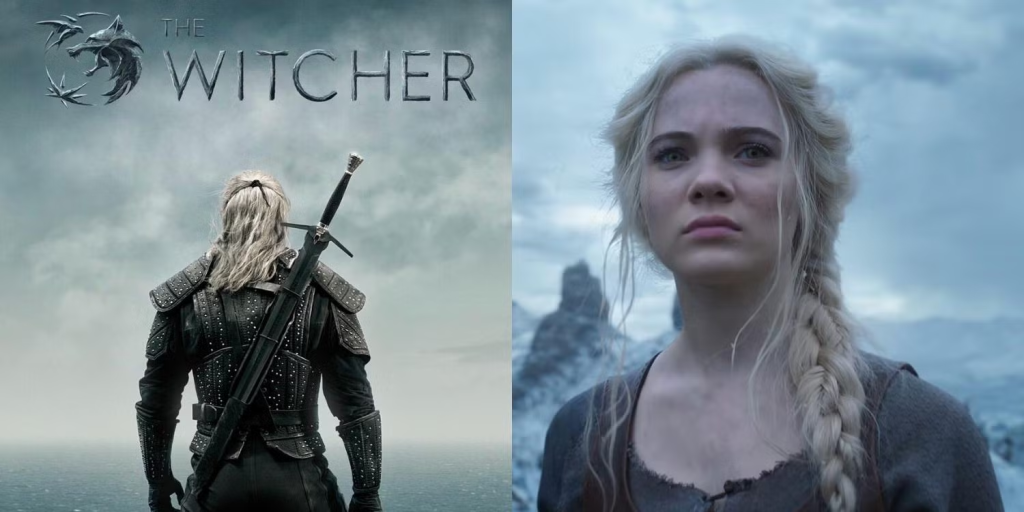
Legacy and Availability
The Witcher: War of the Worlds aims to expand the Witcher franchise’s scope, capitalizing on 2025’s packed Witcher slate, including Season 4, Sirens of the Deep, and Sapkowski’s new novel Crossroads of Ravens. As a genre-blending experiment, it could pave the way for more cross-media adaptations, akin to Alien vs. Predator (2004), though its success hinges on balancing fan expectations with innovative storytelling. The film’s legacy may lie in its bold attempt to merge fantasy and sci-fi, appealing to fans of both The Witcher’s lore and Wells’ timeless narrative.
The film is slated for release on Netflix on February 11, 2025, alongside Sirens of the Deep, with potential for a limited theatrical run. It will be available for streaming globally, with rental/purchase options on platforms like Amazon Prime Video and Apple TV. A Blu-ray release, including behind-the-scenes featurettes, is expected in late 2025, following the Witcher franchise’s home media trend.
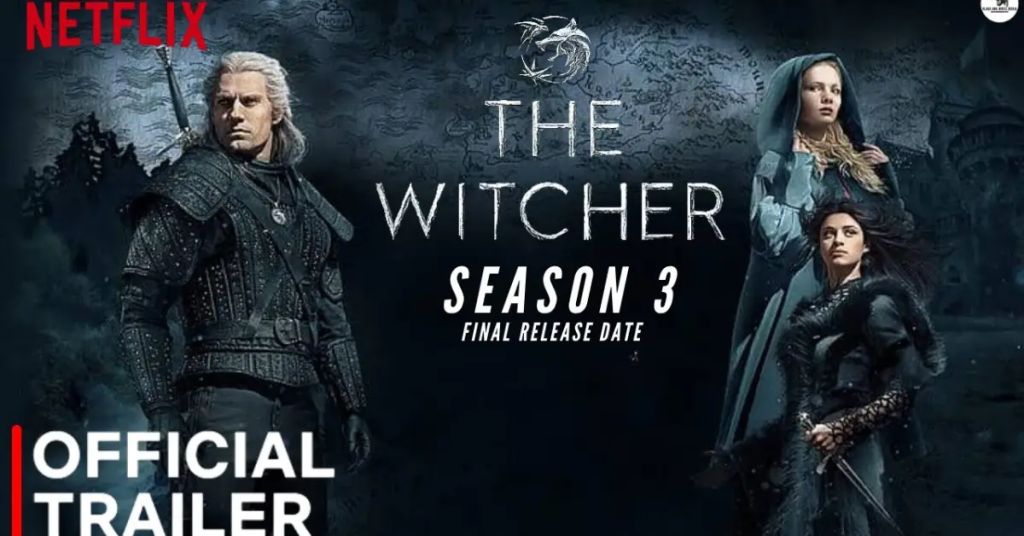
Conclusion
The Witcher: War of the Worlds (2025) is a daring, imagined fusion of two iconic franchises, blending The Witcher’s monster-hunting grit with War of the Worlds’ apocalyptic terror. With Doug Cockle’s Geralt leading a stellar voice cast, the film promises thrilling action, magical spectacle, and a fresh take on survival and unity. While its genre mashup may polarize fans, its place within the Witcher’s 2025 renaissance and its nod to H.G. Wells’ legacy make it a bold addition to Netflix’s expanding fantasy slate. For viewers craving a collision of swords, sorcery, and alien tripods, this animated epic is poised to deliver a thrilling, if unconventional, adventure.
